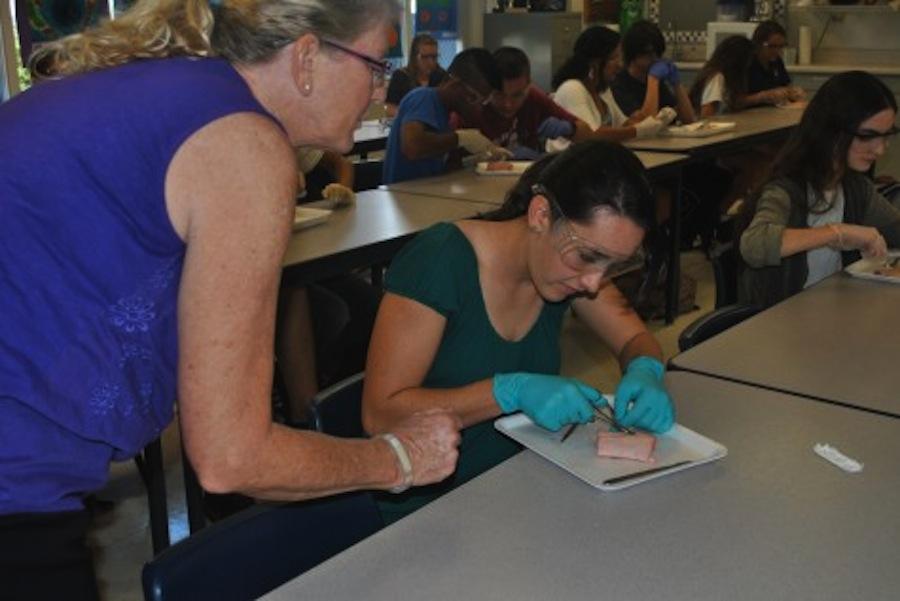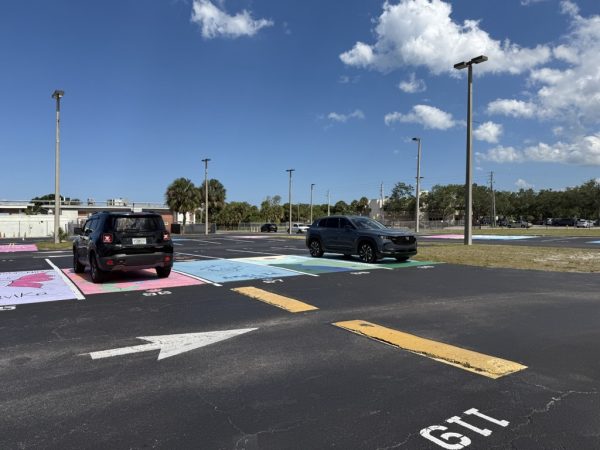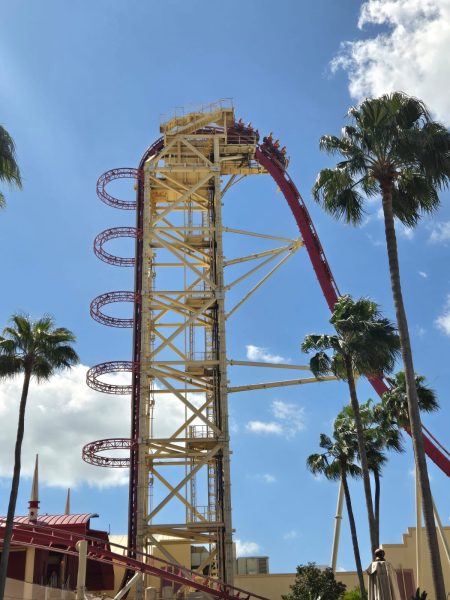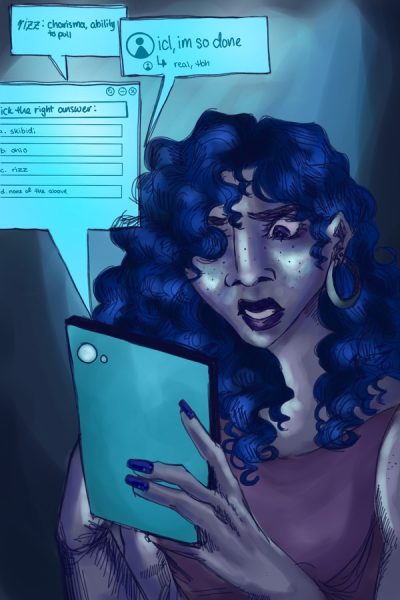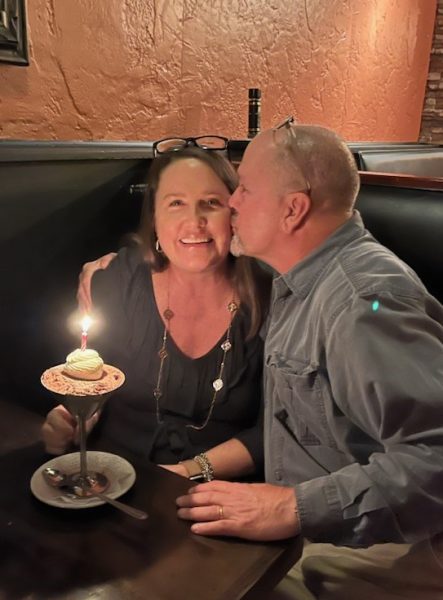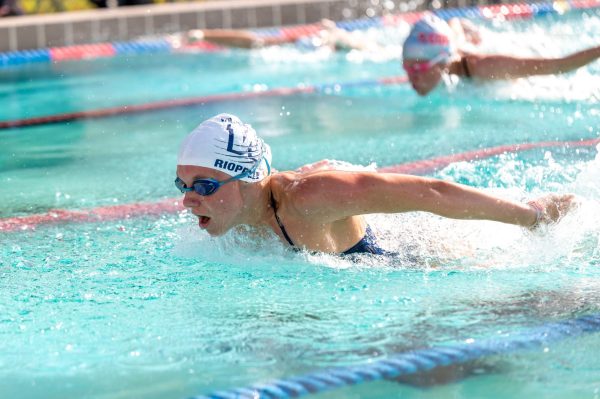Anatomy students suture on pigs’ feet
The anatomy/physiology students learned how to suture on pigs’ feet on Thursday. They were taught by Dr. Olazabal, a West Shore parent.
“It’s hands-on practice working with skin and it hopefully makes real that skin is our first line of defense and that the number one thing we have to do it patch it up, [or] close it up so that bacteria doesn’t have… easy access,” said Sherie Jenkins, the anatomy/physiology teacher. “[T]he [students] are always respectful and appreciative because they know it’s a unique opportunity. Other high schools don’t [get to] do this.”
Seniors Cheney Hess and Gabrielle Jefferson agree that the lab was a unique and beneficial experience.
“I learned a lot about skin both from suturing and examining the incision I made,” Hess said. “It was very interesting to see how deep and tough all the different layers of skin really were. Normally when we think of skin, we just think of the epidermis and not of all the deeper layers of fat and connective tissue that are underneath it. Also, Dr. Olazabal was very knowledgeable and taught us how one would use different styles of stitching in different situations.”
Jefferson also learned a great deal.
“[T]he lab was very beneficial to learn about skin and how thick skin really is on its own,” Jefferson said. “The lab showed how precise suturing has to be and Dr. Olazabal explained why each stitch is important and what it is used for. I hadn’t realized there are more than one type of way to suture before.”
According to Jenkins, one of the main goals of the lab was to introduce students to the medical field.
“The biggest goal is to have kids appreciate what goes in to becoming a doctor or nurse, the kind of education that they get, the kind of practice that’s required…” Jenkins said. “[Suturing is] about spacing, how deep to go in the wound, how shallow and the spacing of the stitches to make it look good and to make it hold right and you can’t do that without practice so doctors do spend hours suturing pillows to practice.”
Hess agrees that the lab was helpful for future medical students.
“It was a great experience for me because I am interested in the medical field so it was really cool to see someone suture,” Hess said. “Mrs. Jenkins really went above and beyond for this lab and I think it was a good experience for any student thinking of going into medicine.”
Senior Ashleigh Rabel hope pursue a medical career.
“My dream is to be some sort of surgeon in the future, and this suturing lab was a step to becoming just that,” Rabel said. “It allowed me to experience something that I would be working with on an everyday basis if I did become a surgeon.”
Senior Nicole Topp also anticipates a job in the medical profession.
“We learned how to suture, which is good because I want to be a surgical oncologist,” Topp said. Knowing how to suture is going to be beneficial to me in the future so I really enjoyed this lab.”
Jenkins said she has trouble gathering the needed supplies. In addition, it helps if a parent can come in and teach suturing.
“I always need more sutures donated by parents and they have to be big enough for students who are learning to suture so a lot of the ones I get are too small so they need to be the right size,” she said. “And it’s always better if I have a parent with actual experience [come and teach] because I think it’s funny that I teach the kids and I just learned from a YouTube vide0.”
Rabel said the lab offered exciting challenges.
“It was really challenging to get the suture needle through the pig’s skin because the skin was really tough and at first, I was holding the hemostat the wrong way. I sat there for awhile just trying to get the needle through [the skin]…,” she said, adding that the lab left her wanting more. “The lab should’ve been a lot longer than the amount of time we had. We did not have time to practice all three stitches we were told about, and there was not enough time to have both me and my partner get to try out the two we were showed.”
Jenkins said there will be more labs to look forward to in the future.
“We’ll be looking at … sheep’s brains, Dr. Olazabal is going to come in and show us a cat brain [be]cause I’ve never done that, cat hearts and then all the body systems in the cat. We will look at muscles toward the end of the semester…[and d]on’t forget we have the human cadaver lab,” she said.
By Natalie Mann









































